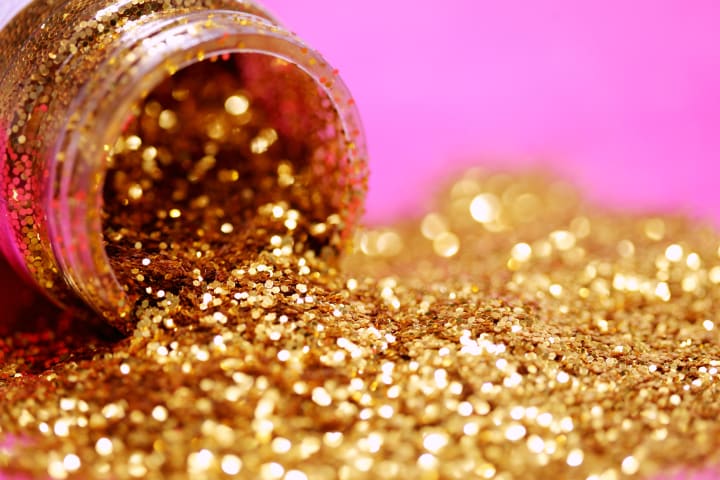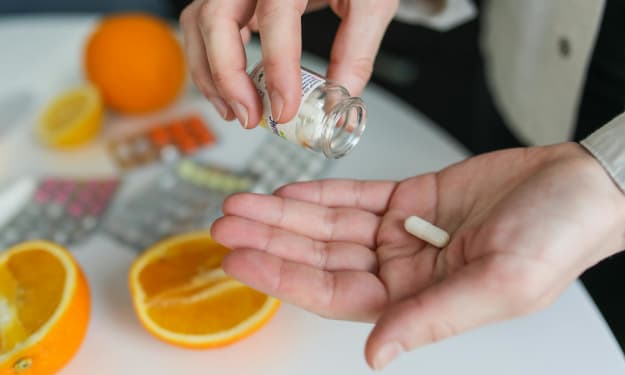
It’s often obvious when an item is made entirely from plastic. It may, however, be rather less obvious when an item is made with plastic and although plastic has a bit of a bad rep for the most part, plastic has actually been an integral material for many areas of our lives. For example, do you know how plastics have changed the Medical sector?
During our day-to-day lives however, many of the items we eat, use and even wear are made of plastics - and actually, it's quite fascinating! So, here are ten items you probably didn’t know were made with plastic.
Toiletries
Some toiletries contain micro-beads of plastic, usually polyethylene or polypropylene. These were used as cheap alternatives to natural exfoliants. Micro-beads are typically used in products such as toothpaste, face scrubs, soaps, and shower gels.
Some countries, including the UK, have banned, or at least restricted the use of micro-beads. In the UK, for example, it is now illegal for retailers to sell rinse-off products containing micro-beads. Unfortunately, at present, the use of micro-beads in toiletries is still widespread globally.

Glitter
Glitter looks fun, but it’s not fun for the environment. At present, many glitters are based on single-use plastic. To make matters worse, the particles are so small, they basically cause the same problems as micro-beads. Even “ecoglitters” can be much less environmentally friendly than they sound.
Some “ecoglitters” still use regular plastic, they just use less of it. Some “ecoglitters” use “bio-plastics” which only biodegrade under very specific conditions.
These are hard to create at the best of times. What’s more, the nature of glitter means that it’s virtually impossible to gather it and dispose of it appropriately.
There are a few types of glitter which avoid all these problems. It is, however, worth noting that, at present, they do not necessarily offer the same level of performance as traditional glitters.
Chewing gum
Chewing gum has been around for thousands of years. For most of that time, it’s been made from natural substances. In the 1880's, however, the popularity of chewing gum began to grow. By the 1920's, it was a “must-have” for many people around the world, especially in the U.S.A. Unfortunately, that led to massive over-harvesting of the natural ingredients needed to make it.
The massive demand but restricted supply created an incentive for manufacturers to find an alternative way to create their gum. In the 1960's, they hit on the idea of using plastic. This proved so successful that by 1980, U.S. manufacturers had completely switched over to it.
This change probably saved Mexico’s sapodilla trees from total destruction. Unfortunately, it created another environmental problem. As chewing gum is made with plastic, it does not biodegrade. This means that it can, literally, stick around for thousands of years.
Cigarettes
The filter-end (butt) of cigarettes usually contains plastic fibres. This is bad enough when smokers dispose of them responsibly. Unfortunately, cigarette butts are a routine source of litter.
When they are littered, they can easily end up leaching their plastics (and toxic chemicals) into soil or water. This is yet another reason to give up (or at least switch to vaping).

Teabags
Many teabag manufacturers still use polypropylene as a way of sealing teabags. Currently, this is neither recyclable nor compostable. You can still put the teabags into your compost, but if you do, you’ll be introducing micro-plastics into your soil.
Many teabag manufacturers have commented that they are working on addressing this. In the meantime, however, the only solution is to buy loose-leaf tea.
Cartons and paper cups
Cartons and paper cups both work along much the same lines. They have layers of paperboard, plus aluminium for strength and polyethylene plastic. In fact, the plastic content can be as much as one-fifth of the overall content.
In principle, cartons and paper cups are still largely recyclable. In practice, however, it is extremely difficult to recycle them due to the challenge of splitting out the various layers. This means that most of them end up in landfill.
Cans and jar lids
Similar comments apply to cans and jar lids. They both tend to have polyethylene plastic coatings to prevent chemical reactions between the contents and the container. The difference here is that it’s generally possible for both cans and jar lids to be recycled as it’s much easier to separate the materials.
That said, they both still use non-recyclable plastic, which still has an impact on the environment. One alternative would be to look for dried and frozen goods as much as possible. These are, however, often packaged using plastic so you would need to check that this was recyclable.

Shiny wrapping paper
Any wrapping paper with a gloss or sheen to it is pretty much guaranteed to contain plastic. This will make it non-recyclable since it is impractical to separate the plastic from the paper. Fortunately, this one is easy to avoid. Just stick to wrapping paper with a regular, matt finish or use alternatives to wrapping paper. These can be anything from recycled magazines to cloth wraps.
Stickers
You may not buy stickers anymore (unless you have children) but you probably get them on a lot of the products you buy at supermarkets. They contain plastic for durability. The good news is that many retailers are now trying to eliminate stickers on products. They’re switching alternatives such as laser marking as much as possible.
Fabrics
As a rule of thumb, unless an item is made of 100% natural fibre, it contains plastic in it somewhere. There are two key indicators that plastic is present.
Firstly, plastic tends to be smooth, whereas natural fibres generally have a texture.
Secondly, plastic tends to have much more of a sheen than natural fabrics, even the likes of silk.
It’s often difficult to spot the use of plastics in clothing because many fabrics are a mixture of synthetic (i.e. plastic-based) fabrics and natural fabrics.
From a strictly functional perspective, there’s a lot to be said for this approach. The synthetic fabrics add robustness (and reduce production costs). The natural fabrics add breathability, comfort, and texture.
The problem is that while fabrics are often used and reused, they do, ultimately wear out. This then creates the problem of how to dispose of unwearable garments.
The natural fabric component is often very easily recyclable, but the synthetic fabric component is generally not. Unless the two components can be separated the whole item has to go to landfill (or be burned).






Comments
There are no comments for this story
Be the first to respond and start the conversation.